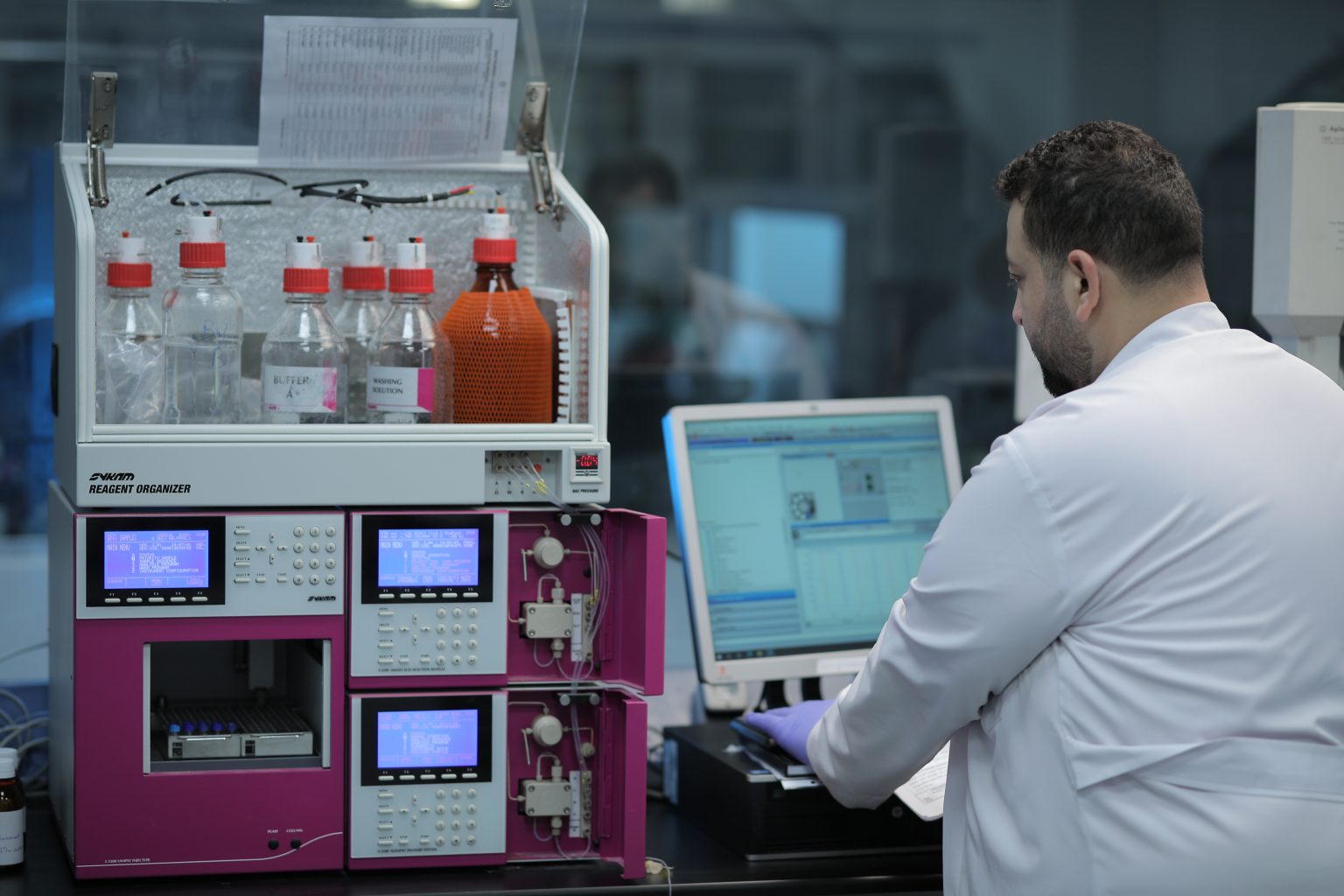COVID-19’s Global Impact on GDP and Employment
The global economy is forecast to shrink by 5.2% in 2020, making this the steepest global recession since World War II
According to the World Bank’s baseline forecast, the global economy is forecasted to shrink by 5.2% in 2020,the steepest global recession since WWII, and nearly triple the depth of the 2009 global recession. Most economies are forecasted to experience recessions in 2020, with advanced economies expected to shrink by 7%, the emerging markets and developing economies by 2.5%, and OIC countries15 by 2.3%. This forecast is based on the assumption of the pandemic receding, leading to the lifting of domestic mitigation measures and the easing of negative global spillovers during the second half of the year.16 In many ways, the economic recession induced by COVID-19 is considered unique. In addition to being the first recession within the last 150 years to be triggered entirely by a pandemic, it is also the first time in the previous six decades that emerging markets and developing economies experienced an output contraction. This recession has also triggered the fastest and steepest global growth forecast downgrades than any recession on record.
The resulting recession may cause a reversal in poverty levels, bringing them to levels last recorded 30 years ago:
The consumption contraction resulting from the chain reaction caused by COVID-19 poses a global threat to the UN’s SDG of ending poverty by 2030. Extreme scenarios (20% contraction in consumption) predict that some regions will experience a severe reversal in poverty levels, bringing them to levels last recorded 30 years ago and erasing a decade of progress in the fight against poverty. For the MENA region, even less extreme scenarios (10% contraction in consumption) would intensify the growing trend in poverty—detected first in 2013—to reach levels similar to 1990 for two poverty lines ($1.9/day and $3.2/day poverty lines).
Working hours equivalent to 155 million full-time jobs have been lost due to job losses and restrictions on working hours globally, with women workers being disproportionately affected:
According to the UN’s International Labor Organization (ILO), global working hour losses during the first quarter of 2020 reached 5.4% (equivalent to 155 million full-time jobs), with estimates for the second quarter of 2020 reaching 14% (equivalent to 400 million full-time jobs) compared to the fourth quarter of 2019. While the decline in some countries is due to shorter working hours, in other countries, loss of employment is the leading cause. While upper-middle-income countries were the hardest hit (9.3% decline) in the first quarter of 2020, the lower-middle-income countries became the hardest hit by the second quarter (16.1% decline).18 Women workers have been disproportionately affected, as a higher percentage of women work in the hard-hit service sector as well as certain labor-intensive segments of manufacturing, which are suffering from supply chain disruptions and lower consumer demand.
Governments have introduced financial measures equivalent to $11 trillion in the form of capital injections, loans and guarantees, and budget increases
To protect people and businesses from the economic fallout of COVID-19, more than two-thirds of governments worldwide rolled out fiscal measures that the IMF estimates to have reached $11 trillion in June 2020. Half of these measures consist of liquidity support in the form of capital injections, loans, and guarantees, while the other half consists of higher fiscal spending allowances and tax relief packages.
The New Normal
COVID-19-related restrictions have driven a change in consumer behavior while accelerating digital transformation across sectors
COVID-19 has fast-tracked digital transformation across most sectors of the economy. With social distancing measures in place, consumer behavior is changing, with many converting to online grocery shopping, banking, education, and entertainment. Businesses have had to adapt and are increasingly relying on digital technology to allow consumers to shop online as well as allow employees to work remotely.
The drive to automate is expected to structurally impact the labor market and employment:
While the use of automation and artificial intelligence (AI) applications have been increasing over the last decade, COVID-19 has highlighted the need for automation in many areas to comply with social distancing measures. The increased use of automation and AI will likely significantly impact the labor market, leading to structural change and demand for new skills. Examples include meat processors such as Tyson Foods using robot butchers for slaughtering, and US airline Delta using robotic process automation (RPA) to deal with cancellation requests due to the crisis.
Source: Salaam Gateway Report - 2021.





